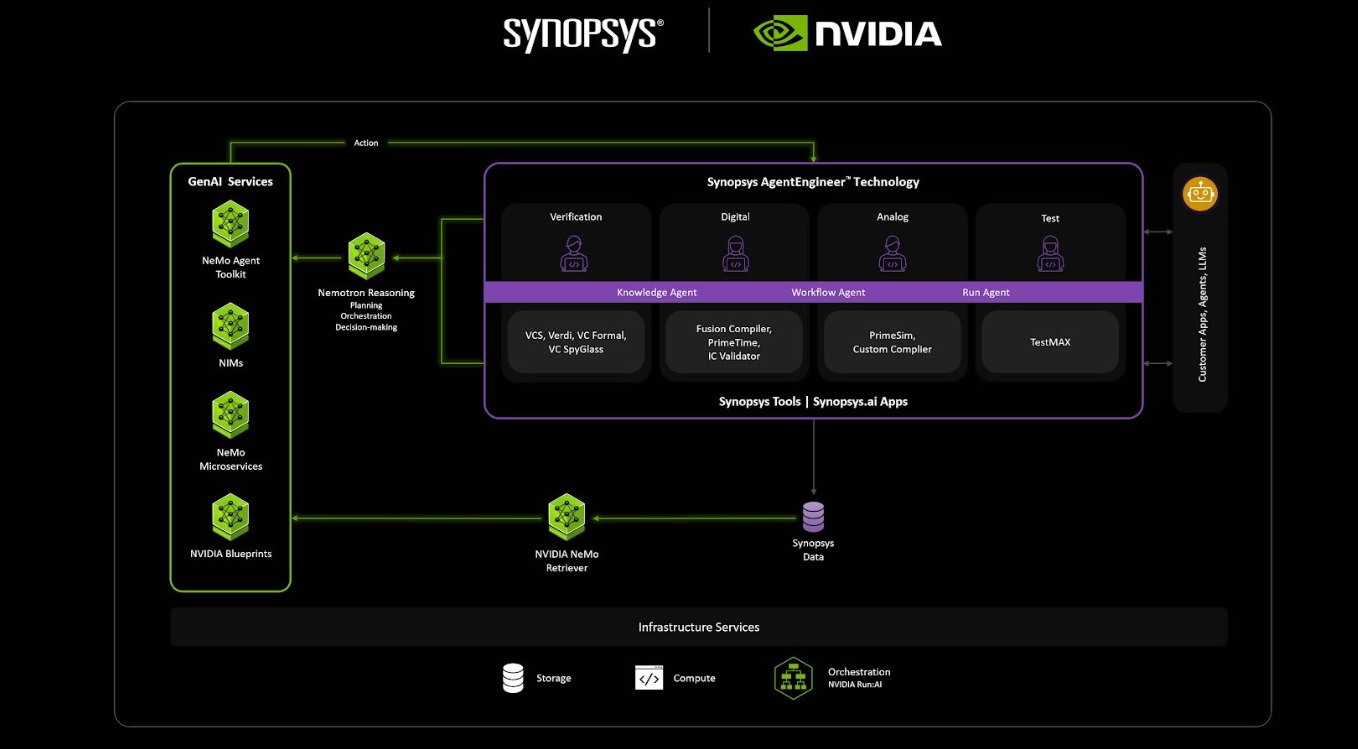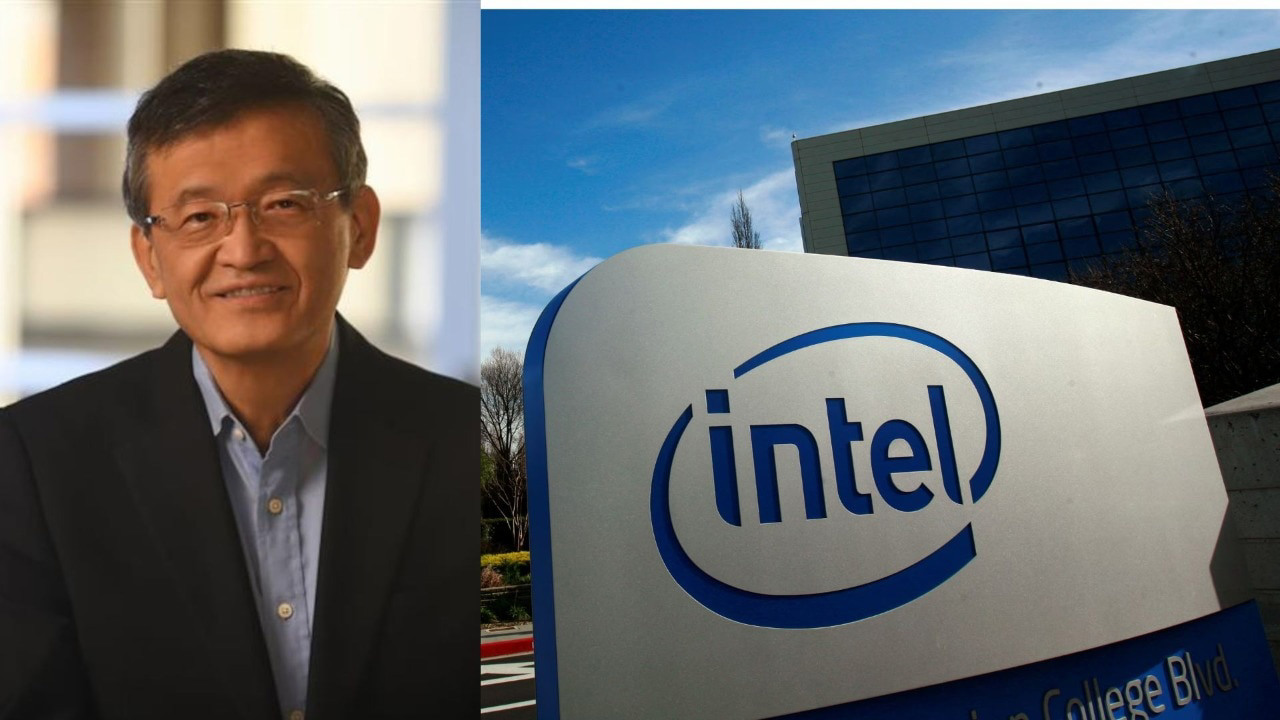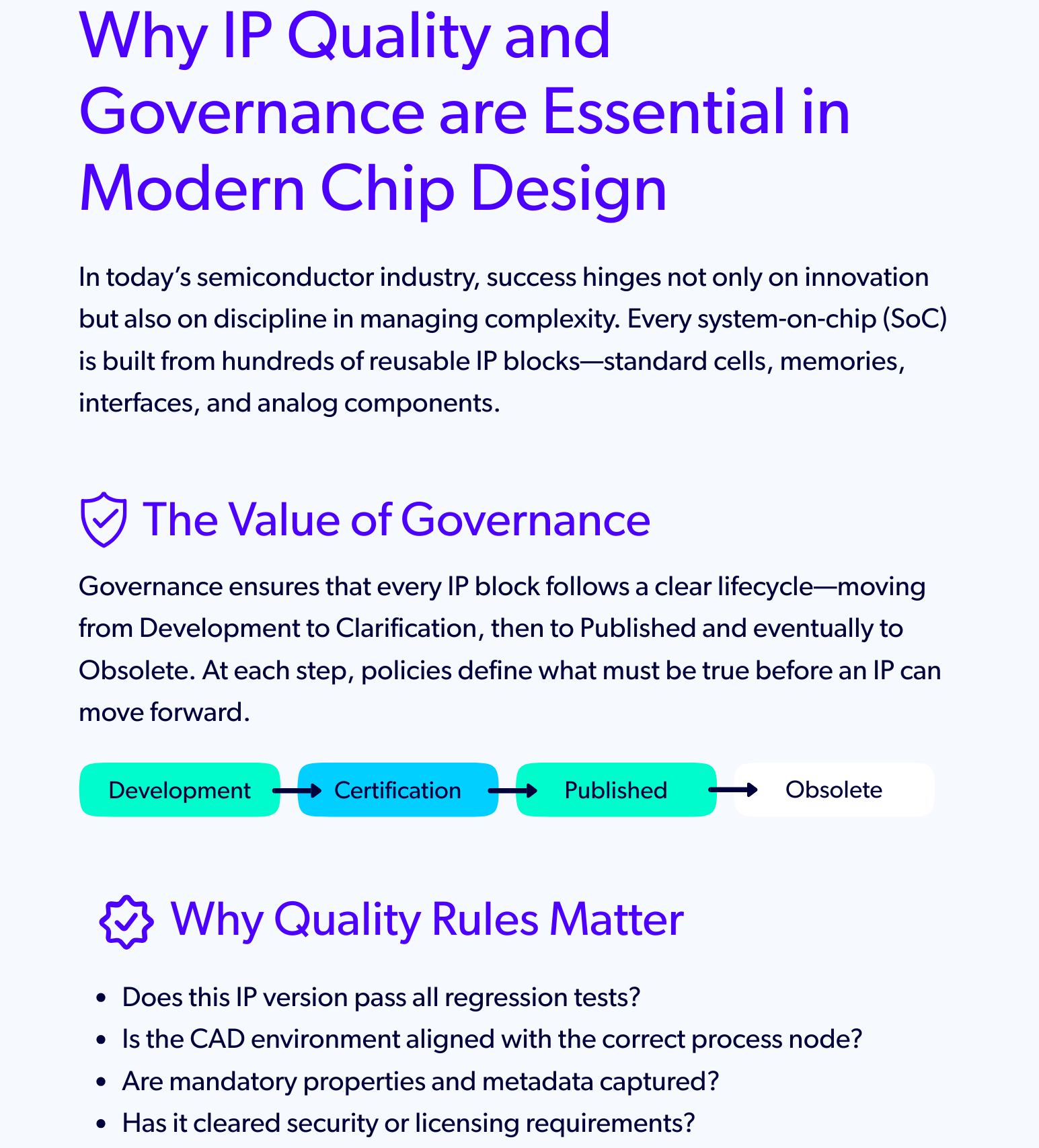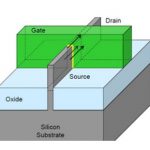Most of our attention goes toward the higher end of the LTE UE categories – ones designed for moving large amounts of multimedia data from smartphones and tablets concurrently with voice traffic. An equally interesting discussion is taking shape at the low end of the LTE UE categories targeting M2M and IoT devices with power-efficient,… Read More
 Synopsys and NVIDIA Forge AI Powered Future for Chip Design and Multiphysics SimulationIn a landmark announcement at NVIDIA's GTC Washington,…Read More
Synopsys and NVIDIA Forge AI Powered Future for Chip Design and Multiphysics SimulationIn a landmark announcement at NVIDIA's GTC Washington,…Read More IEDM 2025 and the 100th Anniversary of the FETThe International Electron Devices Meeting (IEDM) is the…Read More
IEDM 2025 and the 100th Anniversary of the FETThe International Electron Devices Meeting (IEDM) is the…Read More Intel to Compete with Broadcom and Marvell in the Lucrative ASIC BusinessThe second chapter of our book “Fabless: The…Read More
Intel to Compete with Broadcom and Marvell in the Lucrative ASIC BusinessThe second chapter of our book “Fabless: The…Read More Why IP Quality and Governance Are Essential in Modern Chip DesignBy Kamal Khan In today’s semiconductor industry, success…Read More
Why IP Quality and Governance Are Essential in Modern Chip DesignBy Kamal Khan In today’s semiconductor industry, success…Read MoreSleep Monitoring and Aiding Devices Insight from Patents
US9192326 illustrates a sleep monitoring system that can be embodied within a wearable device or in a mobile device. The system includes an accelerometer to monitor a user’s movements. The system determines when the user is falling asleep into a sleep session based on the user’s movements. The system also identifies… Read More
Complexity And Security
From time to time when talking about security, it is useful to look at the big picture, but not to further lament the imminent collapse of the sky. We all know that the problem is big and we’re really not on top of it. A more productive discussion would be about what we can do to reduce the scope of the problem. And that has to start … Read More
Automotive Deaths and Big Data
Nothing focuses peoples’ attention quite as effectively as death and there’s been a lot of it on U.S. highways lately. Preliminary figures released this week by the National Highway Traffic Safety Administration (NHTSA) reveal that for the first nine months of 2015 traffic fatalities increased 9.3%.… Read More
IP Vendor Nabs Top Talent from Semiconductor Industry
The growth of mobile and IoT have helped increase the demand for One Time Programmable Non Volatile Memory (OTP NVM) as a solution for on-chip storage. To continue to meet this demand and grow with it, industry leading Sidense has recently brought on board seasoned semiconductor executive Ken Wagner as VP of Engineering. He was … Read More
Synopsys’ New Circuit Simulation Environment Improves Productivity — for Free
When technology advances, complexities increase and data size becomes unmanageable. Fresh thinking and a new environment for automation are needed to provide the required increase in productivity. Specifically in case of circuit simulation of advanced-node analog designs, where precision is paramount and a large number… Read More
How 16nm and 14nm FinFETs Require New SPICE Simulators
About 35 years ago the first commercial SPICE circuit simulators emerged and they were quickly put to work helping circuit designers predict the timing and power of 6um NMOS designs. Then we had to limit our circuit simulations to just hundreds of transistors and interconnect elements to fit into the RAM and complete simulation… Read More
The Next Wave of Semiconductor Companies!
As we all know, venture capital has all but disappeared for semiconductor companies. Do semiconductor startups still exist and where do they come from? I ask these questions quite frequently but bloggable answers are hard to come by. When I asked Mike Gianfagna of eSilicon during ISSCC he reminded me of an old new source of emerging… Read More
Let’s Reduce Wasted Energy in Server Farms
With the growth in streaming video and the promises of 50 billion IoT gadgets making our lives oh-so-much better, there is an alarming demand for online computational horsepower and bandwidth.
Why alarming? In 2014, data centers in the United States consumed approximately 100 billion kilowatt hours (kWh) of energy. According… Read More
Qualcomm goes in Data Center thanks to Google
The Server SoC at the heart of Data Center almost don’t care about power consumption, at the opposite of Application Processors for smartphone. If you design a server multi-core SoC, you target the highest performance, in fact a combination of high frequency and lowest possible latency, and try to pack as many CPU core and embedded… Read More





PDF Solutions Charts a Course for the Future at Its User Conference and Analyst Day